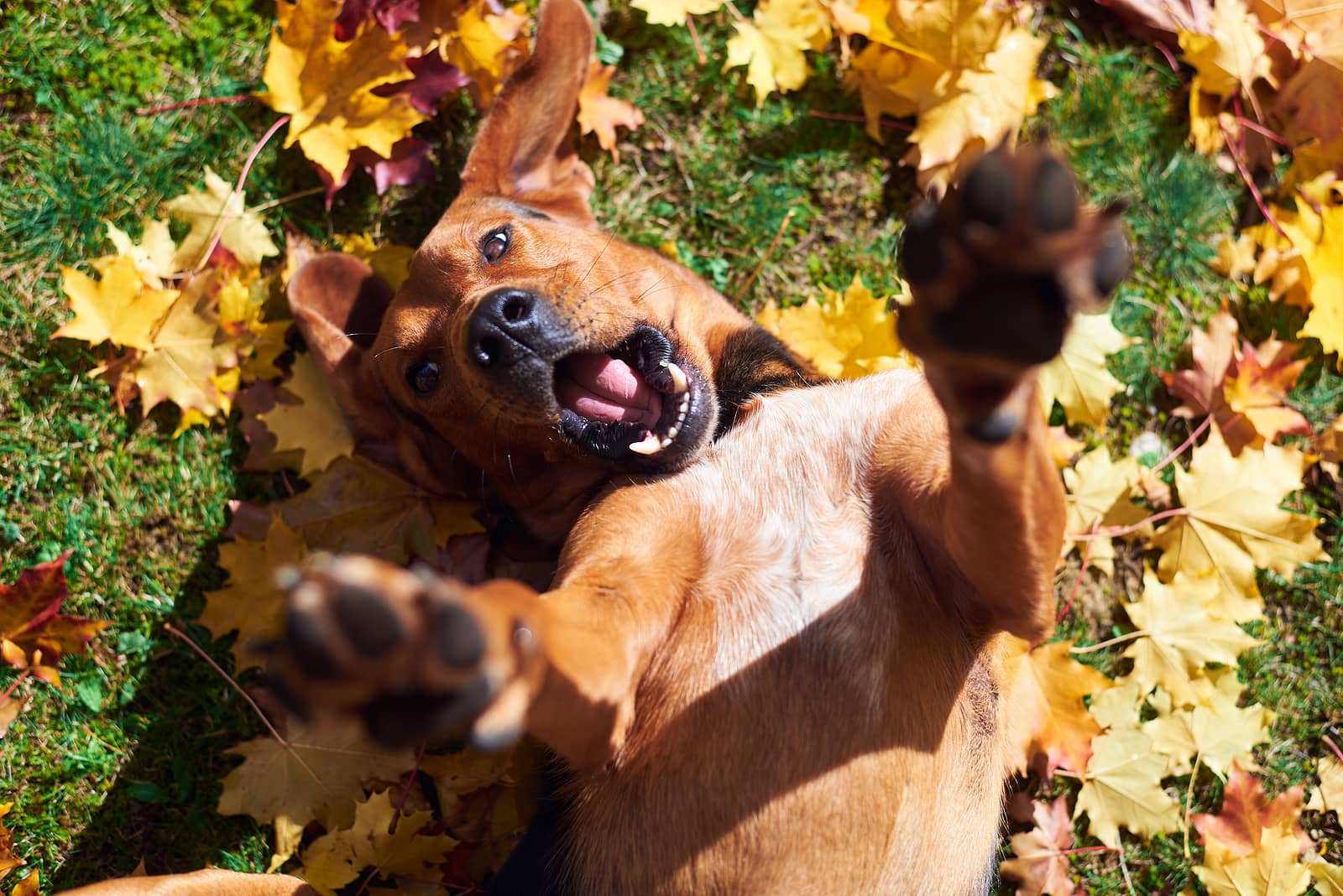UPDATED: JULY 06, 2023 | 2 MIN READ

Even though dogs make excellent pets and companions, they bite sometimes. Unfortunately, dog bites can be dangerous and require major medical attention. The good news is, there are some dog bite prevention steps you can take to help ensure your fluffy friend doesn’t harm anyone.
Socialize Your Dog
Dogs need to be socialized. Undersocialized dogs pose a risk to owners and those who approach them. Therefore, you should try to socialize your dog as early as possible to familiarize it with other people, animals, and environments.
Obedience training
One way to socialize with your dog is by training it, so consider enrolling it in a local obedience course. Starting early and socializing in this fashion helps dogs feel more comfortable in varying situations.
Spay or Neuter Your Dog
Healthy puppies can usually be spayed or neutered at around six months, but you should consult a veterinarian about when to bring your dog in to be fixed. Spaying and neutering your pup helps with mood swings and hormones, so dog bites are less likely. Animals who aren’t spayed or neutered are prone to temperament problems.
Keep Your Dog Calm
Dogs, like people, have different personalities, and certain things may cause more anxiety or stress in your furry friend. For example, if your dog feels threatened when surrounded by many people, you should keep your dog away from crowds or places where many people gather. Being stressed is a significant cause for dogs to bite.
Identify stressors
Identifying what causes your dog to feel stressed is essential. For example, suppose you notice your dog acts more aggressively when off-leash; prevent the action by keeping your dog on the leash. Likewise, recognize signs when your dog feels scared or threatened and work to diffuse the situation quickly.
Read Your Dog’s Body Language
Similar to understanding what situations may stress your dog out, you should also become familiar with your dog’s body language. For example, sure signs indicate a dog feels scared or ready to bite. When you see a dog displaying body language, you should promptly remove it from the situation or environment until it can calm down and relax.
Indications of a dog about to become aggressive include:
- Tucking its tail under its hind legs
- Lowering its head
- Growling, whimpering or barking
- Shaking
- Trying to run away
Understand your dog’s behavior
Another way you can get assistance with understanding your dog is by discussing it with your veterinarian or animal shelter. If you adopt a dog, you should try to obtain as much information about the dog’s background and previous environment, which can help you understand the dog’s personality and behaviors.
Your vet can also refer you to an Animal Behavior Specialist for more assistance. This might be a good idea if you have a dog, such as a Pit Bull or German Shepard, known to be more aggressive.
Supervise Your Dog
Children shouldn’t be alone with dogs, especially if they aren’t privy to the dog’s behaviors. You should monitor and monitor your dog’s interaction, particularly with younger children, to ensure everyone is safe.
Teaching manners to children is vital for your dog not to feel threatened as well as training your dog to behave appropriately around people and situations.
Make calm and slow introductions
Teach children and others how to introduce themselves to your dog correctly, and be sure to do it gradually so as not to overwhelm the dog.
The best approach is to start by presenting the back of their hand to allow the dog to smell it so the dog can become familiar with the person before petting and playing together.
Dog Bite Prevention FAQs
How do you prevent a dog from biting you?
The best prevention to keep a dog from biting is to leave it alone and keep your distance so it doesn’t have the opportunity to bite. If it’s your dog, you should train it to be obedient and socialize it to stay calm in varying situations and environments.
Why do dogs bite without reason?
It may not seem there is a reason behind a dog biting, but most likely, the dog feels threatened or frightened in some way and bites as an instinct.
What dog breed is most likely to bite?
According to the American Animal Hospital Association (AAHA), Pit Bulls, German Shepherds, Terriers, and Rottweilers are at the highest risk of dog breeds for biting. Many of these breeds are on restricted dog breed lists with insurance companies.
Which dogs are least likely to bite?
The breeds of dogs at the lowest risk for biting include the Great Dane, Dalmatian, Pekingese, and Spitz.
How do I get my puppy to stop biting my hands and feet?
You can discourage your dog from biting your hands and feet by crying out as if you have been hurt and stopping engaging in play. You can also remove the dog from the situation with a firm “No” until it recognizes not to display the behavior. Remember, it takes multiple, repeated actions for your dog to understand.
Keep Yourself and Your Family Safe Around Dogs
Dog bite prevention is important because mastering these tactics can help keep you, your family, and others safe around your dog. In addition to taking preventative measures, it’s also important to ensure you have proper liability insurance for your dog in case it bites someone. To find comprehensive coverage at great rates, take some time to compare home insurance quotes today.